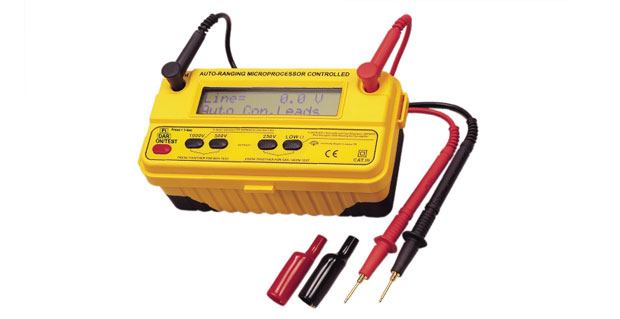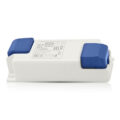The phrase “voltage drop” isn’t a piece of complex jargon. You can take it at face value. Voltage drop can refer to the passage of current which results in the dropping of voltage in an electrical circuit. Such a reduction is common with LED light bulbs and can affect their performance.
When you switch on LED lighting, the bulbs heat up. This increase in heat decreases the current flowing through the circuit. In other words, the voltage drops.
The amount of this drop can vary but what really matters, however, is what follows a voltage drop.
A voltage drop increases the current passing through an LED bulb. Such an increase heats up the bulb’s light-emitting junction. Without a means of restricting the build-up of heat, the junction, and therefore the bulb, fails.
All is not lost, however. To avoid a damaging increase in heat, LED circuits use resistors. As the name suggests, these resist increases in current and keep LED light bulbs working.
But resistors aren’t always ideal. They waste energy because they create heat of their own. What’s more, they can’t protect LED light bulbs from sudden changes to supply voltage.
Another option is to use constant current drivers. An LED driver/transformer for example, replaces a standard 12-volt transformer and ensures a constant current. With a driver/transformer, your lights work at their best, and you benefit from:
- Long-life bulbs
- Low energy use
- Maximum brightness
LED voltage drop is easy to deal with. But if you have any doubts, please seek advice from a suitably qualified electrician.
Thanks to Harry Karmazyn for pointing out a few mistakes in our original post!





Thanks for the share!
Nancy.R
Thanks for the share!
Nancy.R
Hi, this is a great post! Thanks..